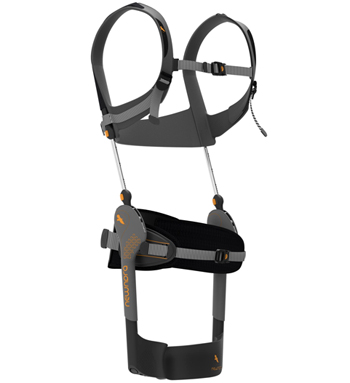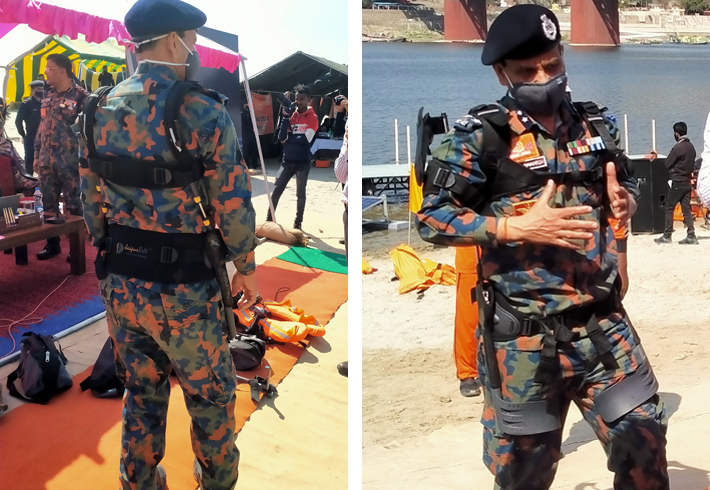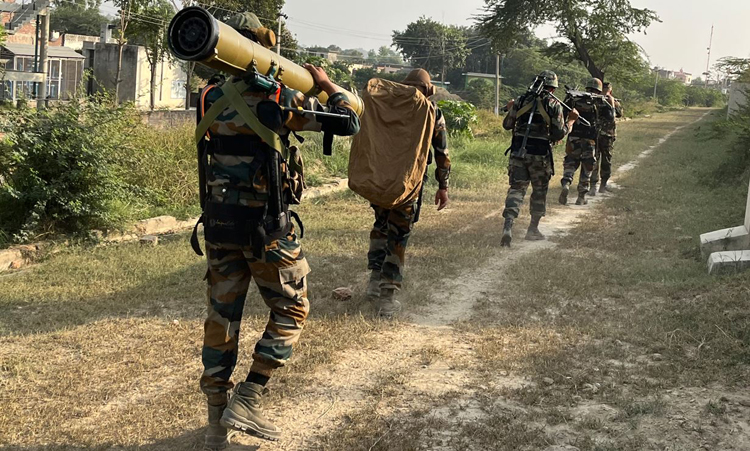INDIAN ARMED FORCES CHIEFS ON OUR RELENTLESS AND FOCUSED PUBLISHING EFFORTS

The insightful articles, inspiring narrations and analytical perspectives presented by the Editorial Team, establish an alluring connect with the reader. My compliments and best wishes to SP Guide Publications.

"Over the past 60 years, the growth of SP Guide Publications has mirrored the rising stature of Indian Navy. Its well-researched and informative magazines on Defence and Aerospace sector have served to shape an educated opinion of our military personnel, policy makers and the public alike. I wish SP's Publication team continued success, fair winds and following seas in all future endeavour!"

Since, its inception in 1964, SP Guide Publications has consistently demonstrated commitment to high-quality journalism in the aerospace and defence sectors, earning a well-deserved reputation as Asia's largest media house in this domain. I wish SP Guide Publications continued success in its pursuit of excellence.
- Operation Sindoor: Resolute yet Restrained
- India’s Operation Sindoor Sends a Clear Message to Terror and the World – ‘ZERO TOLERANCE’
- Japan and India set forth a defence cooperation consultancy framework, talks on tank and jet engines
- Terrorist Attack in Pahalgam in Kashmir: Unfolding a long surgical war against PAK
- Lt General Pratik Sharma takes over Command of Indian Army's Northern Command
Exoskeletons for Indian Military
Exoskeletons worn by soldiers augment their strength, enabling faster movements, increased load-bearing capacity, and ease of walking in high-altitude areas, reducing injuries.
 |
The Author is Former Director General of Information Systems and A Special Forces Veteran, Indian Army |

An exoskeleton or exo-suit comprises gadgets worn over the soldier's uniform to augment his strength. These gadgets are fitted with special devices and artificial intelligence (AI) to enhance the capability of a soldier; faster movements, extra load-bearing capability; ease of walking in high altitude and rarified air, thereby reducing injuries. Exoskeleton limb actuator devices and sensor design is based on study and analysis of human musco-skeletal impact, measured during the soldier's interaction with the external environment.
Exoskeleton on a soldier enhances additional load carrying capacity by 100 kg for 8-hours and 3-5 hours of battery backup. Also, exoskeletons are dual-use technology with high relevance in the medical field, where these are referred to as Robotic Exoskeleton. They also assist paralysed patients with sports injuries to walk, move and provide them emotional support for overcoming depression. In the military domain, these medical benefits of exoskeleton can help soldiers with severe disabilities to live a close to normal life.
Exoskeleton limb actuator devices and sensor design is based on study and analysis of human musculoskeletal impact, measured during the soldier's interaction with the external environment.
In the late 2020s, Chinese border troops began using non-powered exoskeleton suits for carrying ammunition. Subsequently, soldiers of the Peoples' Liberation Army (PLA) were also observed using exoskeleton suits for supporting operations like supply delivery, logistics and patrolling.
News reports of June 7, 2024 quoting 'Janes', has now confirmed that the Indian military has procured "passive" exoskeletons to support logistics and potentially combat operations. Jaipur-based 'Newndra Innovations' founded in 2014 has provided two types of exoskeletons to the Indian Army, Indian Air Force (IAF), and the National Disaster Response Force (NDRF). Ganesh Ram Jangir, CEO of Newndra Innovations, told Janes in March that the two exo-suits, namely 'JaipurBelt' and ArmMax, "help to increase the productivity and endurance of sol¬diers while also reducing the risk of musculoskeletal injuries".

The JaipurBelt provides support to a soldier's back and spine while the 'ArmMax' can support the back, spine, and arms. These exo-suits can augment a soldier's capacity to carry weight by about 5 to 35 kg, depending on the requirement, according to Jangir. These exo-suits do not require any battery power but use a hinge mechanism consisting of hydraulics and springs to conserve the gravitational potential energy. Both these exo-suits weigh around 1.8 kg and have a shelf life of 3-5 years.
Chinese border troops began using non-powered exoskeleton suits in the late 2020s, and the Indian military has recently procured "passive" exoskeletons for logistics and combat operations.
Notably, it was covered in these columns in November 2020 that the Defence Bio-Engineering and Electro Medical Laboratory (DEBEL) of the Defence Research and Development Organisation (DRDO) was collating data for Simulation and Analysis of Musco-skeletal parts, like lower limb simulation etc, according to news reports of September 2019. Also that private sector companies too are doing R&D for exoskeleton design for the Indian soldiers, which would be customised according to the different environmental challenges.

The 2020 coverage in these columns also included the British firm 'Intelligent Textiles' securing a multimillion-pound deal with the US and UK in 2015 to bring exo-suit technology to soldiers. Also, that Russian combat gear 'Sotnik' will replace existing 'Ratnik' armour worn by Russian soldiers; Russia is to integrate ability to control small size attack drone swarms, robots, and exoskeletons into its next-generation 'Sotnik', in addition to enhancing situational awareness, improve combat performance and efficiency, and reduce risk to life on the battlefield.
Jaipur-based Newndra Innovations has provided two types of exoskeletons, JaipurBelt and ArmMax, to the Indian Army, Air Force, and National Disaster Response Force, which increase productivity and endurance while reducing the risk of musculoskeletal injuries.
In response to a query by Financial Express on the current status of exoskeletons, the DRDO had stated on Jun 13, 2021, "The DRDO has been entrusted with a requirement to augment the soldier's capacity during logistics activities performed by the military. Therefore, the biochemical characteristics of the soldier during various logistics activities such as transportation of goods, rations, ammunition etc., through diverse terrain, for long distances with their complete military gear has been systematically captured and analysed. Exoskeleton systems are being designed and developed for specific military logistics applications involving bending, lifting of payload, walking with payload anterior to the body and unloading the same."
The DRDO further said. "Various concepts and configurations are being designed and developed currently. DRDO has been progressing on the different design approaches to build an augmentative exoskeleton for the Indian Army. There have mainly been two schools of thought/ approaches for the design of the augmentative exoskeletons, namely passive unpowered augmentative exoskeletons and powered augmentative exoskeletons. The passive exoskeletons use passive elements, such as, springs dampers etc., to transfer the payload to the ground, however, active exoskeletons not only transfer the payload to the ground but also impart energy through the actuators resulting in reduced energy consumption by the soldiers."
DRDO has been systematically capturing and analysing the biochemical characteristics of soldiers for logistics activities and is developing both passive and powered exoskeletons for the Indian Army.
It is good that 'Newndra Innovations' has provided the JaipurBelt and ArmMax exo-suits to the IA, IAF and the NDRF that enable additional load carriage capacity by about 5 to 35 kg, depend¬ing on the requirement. These may be termed basic-level exoskeletons, although passive.
But the above raises a number of questions:
- If the DRDO had already systematically captured and analysed biochemical characteristics of the soldier for the required tasks for more than three years, why have exoskeleton not been produced till now;
- DRDO response explaining passive and active are fine but why have prototypes of both categories not been produced for trials till now;
- Forget DRDO, as a nation do we realise the difficulties of our soldiers operating in various terrains, including in high altitude and snow-bound terrains, not to talk of the continuing standoff with China since 2020 that is not going to ease by any measure, and;
- Does our vision of exoskeletons end with logistics or will it take few more decades to transform to something like next-generation 'Sotnik' of the Russian army and armies of other major nations?





